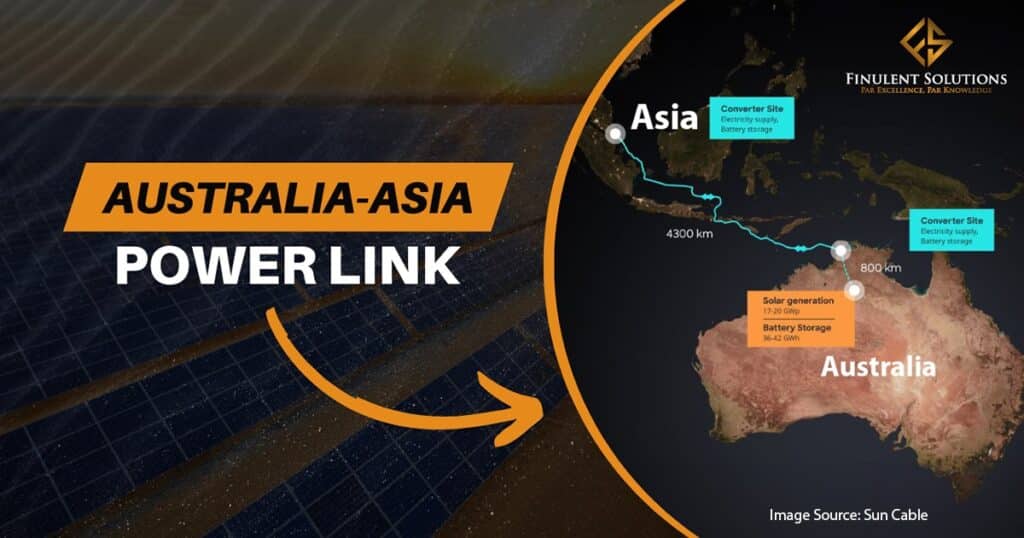Australia has given the green light to an enormous $19 billion solar power project — big enough to supply electricity to Singapore. The project, known as Australia-Asia Power Link (AAPL) will have a total of 6GW renewable-power generation facilities with more than enough land to build what could become the largest solar precinct on Earth.
Led by billionaire climate activist Mike Cannon-Brookes, This project is likely to supply 15% of Singapore’s energy needs after completion which is expected by the early 2030s. The 12,000 hectares of solar farm in the Northern Territory will be another piece of iron-clad proof that Australia is finally getting serious about sustainable power.
To ensure that this ambitious development is in line with Australia’s environmental objectives, approval for the project comes with tough conditions meant to protect local wildlife. The world is in the middle of a revolution of clean energy technology provided by an urgent need to decarbonize our economies and Australia’s bold move provides valuable lessons for all.
In addition to being an environmental win, the Australia-Asia Power Link has shovel-ready economic benefits. The project will also generate thousands of jobs during construction and operational phases, boosting Australia’s industrial economy. In addition, when less fossil fuel reserve is consumed the plan can function as a measure to reduce threats from unsteady energy markets and create a more stable and clean future of energy.
If the Australia-Asia Power Link is successful, it stands to be one of many similar projects around the world as countries look towards a future beyond fossil fuels and renewables. In a world struggling to fight the challenges of climate change, such initiatives are critical in securing a better and sustainable future.
Key Considerations:
- Technological Advancements: The project can have advances in solar technology like increased efficiency panels and energy storage solutions.
- Global Vision: The Australia-Asia Power Link is an example of international standards to solve global energy dilemmas and advance towards sustainability.
- Australia’s energy landscape: Over the longer term, more eyes will be looking at what effect this project ultimately has on Australia’s position within an increasingly globalised and decarbonizing world.
- Potential Challenges: While the project offers significant promise, it is essential to address potential challenges, such as regulatory hurdles, technological risks, and market fluctuations.
Source: aljazeera

